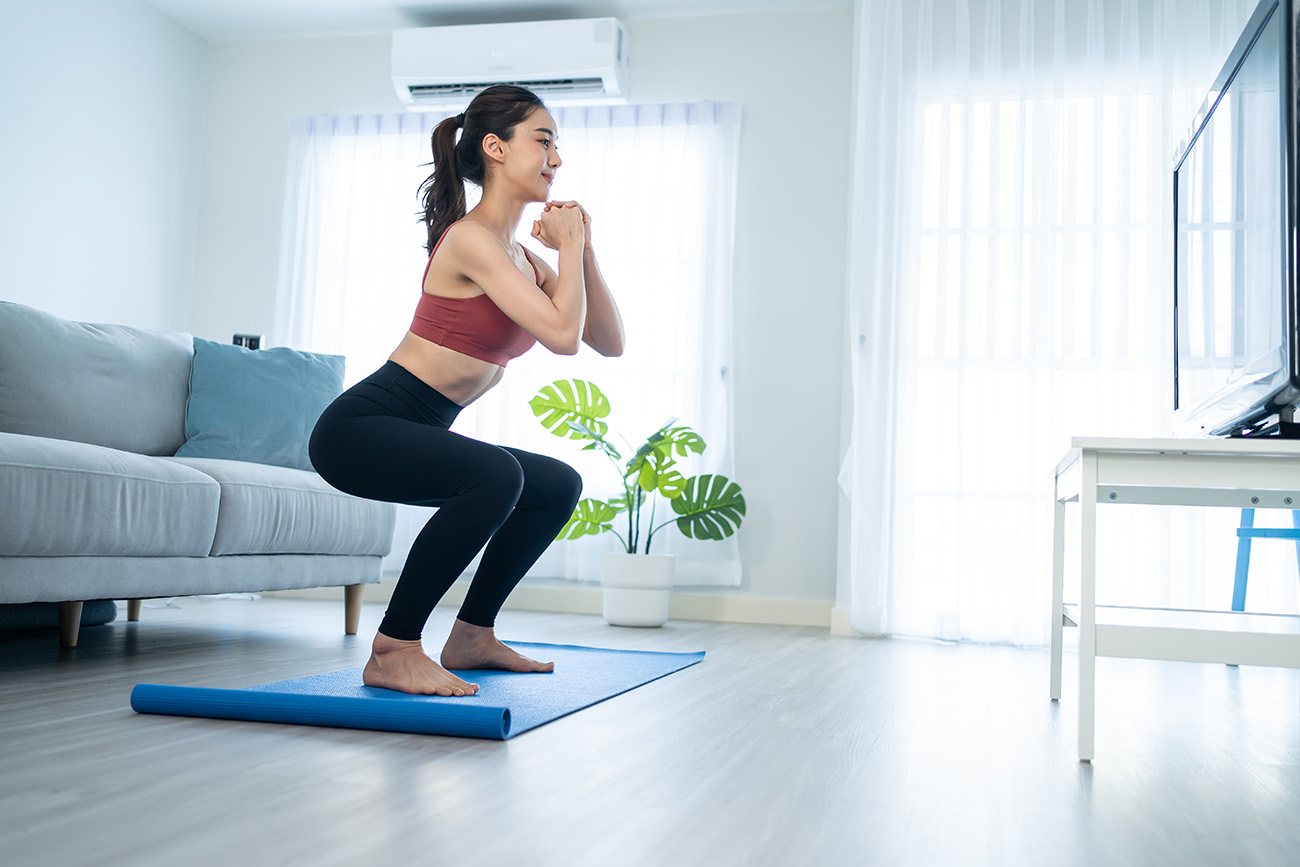Important information to consider with pre-season fitness
The right fitness plan should focus on preparation for pre-season training and overall recovery. If you over-train in this period, you will be at a greater risk of injury and exhaustion when you get back on the pitch, but under-training can lead to poor form and a greater risk of injury. We've gathered the most important tips for safe fitness, but if you want more tricks and information about fitness and health, head to the Fitness Brain website. For now, let's focus on the benefits of training properly, which include:
- Maintaining general fitness
- Enhancing future performance
- Avoiding injury
- Recovery and strengthening of physical weaknesses
- Improving and maintaining general football skills
Creating a pre-season fitness plan at home
1. Rest and recover
Make a conscious decision to set 1-2 weeks aside to fully rest the body and recover from both the mental and physical stresses of playing football. It can be worthwhile to prioritise sleep, practice stretching exercises, get any minor injuries addressed by visiting your healthcare provider or a physiotherapist, go on holiday, or pick up a less-strenuous hobby that relaxes the mind during this period. It is important to remember that taking a short break early in the off-season won’t impact your overall fitness level or gameplay.
2. Begin preparation
Once you have fully relaxed and feel ready to begin training, it can be worthwhile to do a simple fitness check and start with low-impact, full bodyweight workouts. This is the time to get your body moving and ready for the coming season. Take a week to lay out your goals for the off-season, pre-season and season to come, and begin implementing your usual sleep routines and diet.
It can be a good idea to focus on your core, joints, overall stability and even perfect your techniques during this phase of your pre-season fitness plan. Don’t forget your teammates; reach out, check-in and don’t let those on-pitch bonds fade.
3. Up your game
By weeks 3-5 of your pre-season plan, it will be time to start increasing training difficulty. You know your strengths, weaknesses and how to begin building form, so get to it! Start reintroducing the ball to your fitness routine and get simple ball skills like passing and shooting back into your repertoire without prioritising high-intensity movements just yet. In the next couple of weeks, keep increasing intensity, maintain functional training and introduce controlled sprints.
4. Make the most of the last week before pre-season matches
Just before you get back on the pitch, be sure to decrease the intensity of training and wind yourself down a little while maintaining functional training. It can be worthwhile to feel refreshed and be injury-free once matches start back up.
Key takeaways
Always start heavy and finish light to ensure you are in peak condition when you resume playing football.

